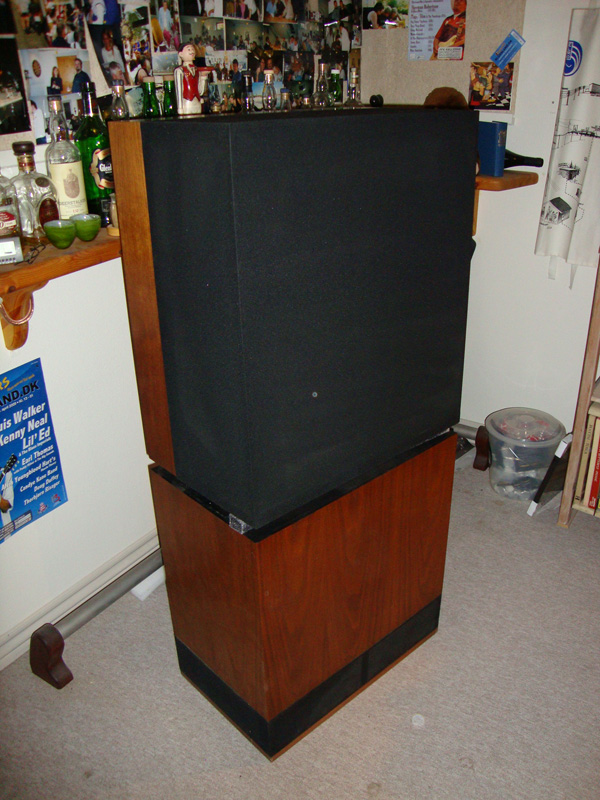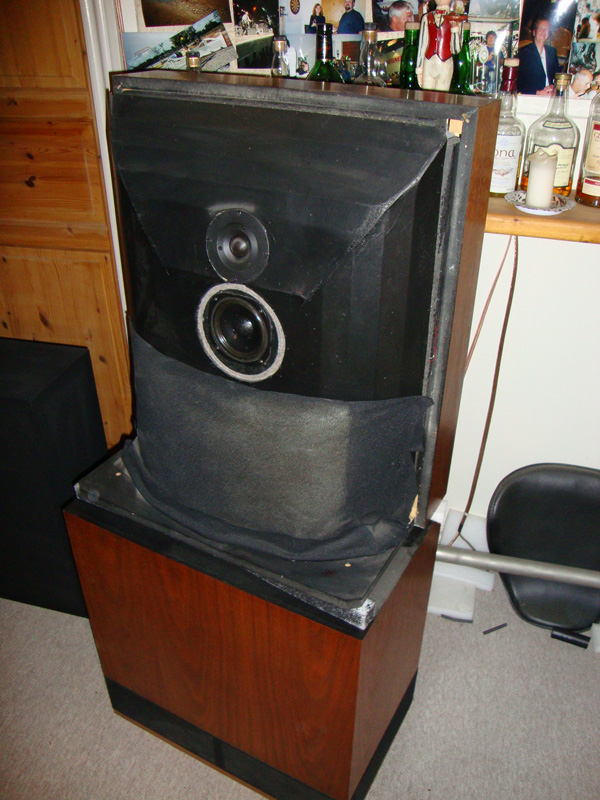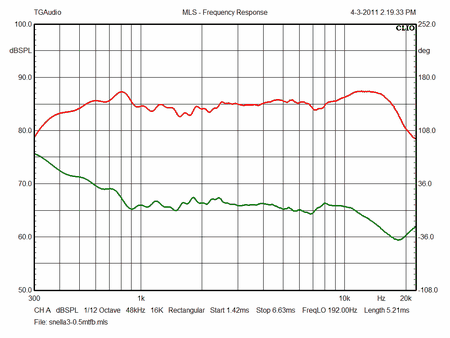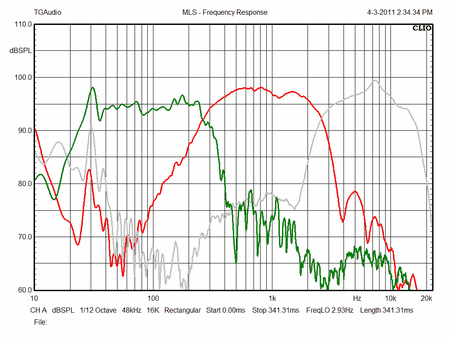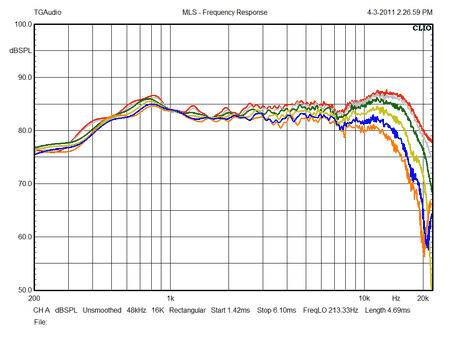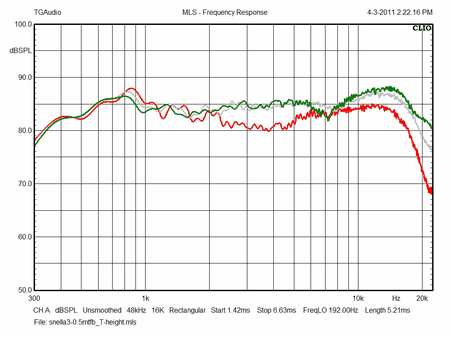|
Vintage
Snell A3i review
http://www.stereophile.com/content/snell-type-loudspeaker-peter-snell-1946ndash1984
I had a mail from a Snell A3i owner being short of a new pair of 11F-M, H143, mids for his A3i speakers and some years ago I bought a (NOS) pair second hand - just because I liked having a pair, but eventually never used the drivers. So, NN got the mids and they will probably last some years before the foam surrounds are rotten like his old ones. I made a deal with the owner to come and hear and measure his speakers, as I never had the opportunity to hear these famous speakers of Peter Snell's hand. I guess these speakers were the ones he really wanted to build for himself, incorporation all his experiences in speaker building.
Apart from the
conspicuous appearance, there are two things that make the Snell A3i
unusual. One thing is having a so small middriver covering such
a wide frequency range as this one does, i.e. ~275-2700 Hz. Next
thing is the unusual even power response making it anything but a
hot-spot speaker. If we have to look for a similar design today, the
ATC speakers with their 3" dome is the way to go. The huge ATC
dome covers very much the same frequency range and may be one of the
reasons that some people take a particular interest in this brand,
because it does sound special when a very small driver covers most of
the midrange. It's close to a point source midrange.
Peter Snell had read his
Harry
F. Olson papers of 1950 - and taken the consequence in making an
almost hemispherical baffle for his midrange driver. Check the link to
learn why.
As can be read from the
Stereophile links, some reservations were stated with regard to the
A3's ability to render soundstage depth, but this was not my initial
experience throwing my JVC Audiophile version of Jazz at the Pawnshop
into the CD drawer. Maybe Snell dealers' recommendation of putting the
A3s against the wall (- some WAF soothing bla bla..) was partly
responsible for this. The A3s need to be off the front wall as do all
other speakers unless particularly designed for this application. Is this a speaker for cloning? Yes, and no. Cloning the A3 as-is would be fairly easy and picking suitable drivers looks easy, even the middriver, as numerous really good 4" drivers are available. How about an Accuton C-90-6-70 for mid? And a ScanSpeak 25W/8567SE for bass? It appears the original A3 had a 10" bass driver, by the way, and also used an el-cheapo Philips 5" paper midrange and why this at a later stage was replaced by the smaller 11F-M SEAS I don't know. Maybe because Philips ceased producing drivers in the Eighties - as far as memory goes. But why not the a Vifa or SEAS 13-something for mid? A 5" driver may have improved response in 250-500 Hz range, but maybe Peter Snell just loved the vivid presentation of the tiny 11F-M. Thanks a lot to NN for letting me audition his speakers - and to his wife for baking a delicious cake for our afternoon coffee break.
Measurements
|
